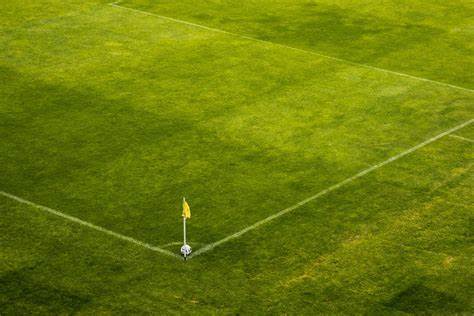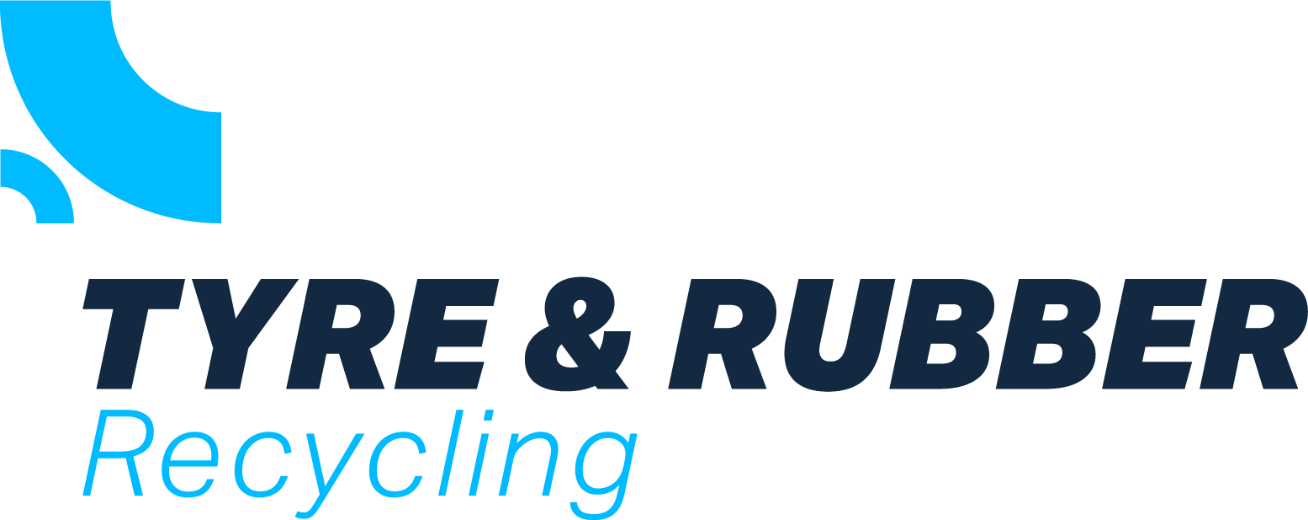The 29th ETRA Conference revisited the crumb rubber infill discussion, despite the EU Directive putting an end to all new crumb rubber infill projects within eight years
The situation is that, as the ETRA information sheet says, crumb rubber infill has not yet been banned, there are almost eight years before the ban comes into play, and field will be in use for some years after the ban. So, the argument is that there is currently no ban in place, so carry on.
This is one argument, and we heard of the benefits of crumb rubber infill and data on microplastics was questioned. Bruno Marabotto, an ex-City of Turin civil engineer argued that the many field that he had overseen the installation of were still operational and would have long lifespans bringing sport opportunities to many people for a long time to come.
Sport, it was said, was an important element of growth and development, and had serious mental and physical health benefits. Without the facilities, sports participation would decline, and with it the health of the population.

On the question of the inhalation or ingestion of crumb rubber, this was stated to simply not be possible. It cannot be inhaled.
It had been argued that crumb rubber infill, in use, will get ground down by the constant use of the field by players. This, it was argued to be a nonsense, recyclers knew how much energy and effort was required to powderise tyre rubber.
There were other, more esoterical arguments that crumb rubber infill in sports field could help create opportunities that combated the degradation of natural sports fields by climate warming. Artificial turf could deal with extremes of temperature. Therefore, it could provide all-weather sports fields regardless of climate change.
There was, in some part of the ETRA conference, an idea that there was hope for the future. That going back to the EC with new evidence of properly managed fields, and low levels of material losses would somehow bring about a change of heart.
However, the reality is that a decision has been made, and those installing the fields gave the environmentalist lobby their greatest argument. By telling operators that their artificial turf would need additional infill of around 1.5 tons per year to maintain its performance, they gave the anti crumb rubber lobby a stick with which to beat the industry. UEFA report some 51,000 artificial sports fields in Europe – That 1.5 tons “maintenance” volume, equates, in theory, to a loss of 76,500 tons of rubber going into the environment every year. Research from Sweden showed that the reality, from a properly managed pitch, was around 3.5kg per year. A similar study in Spain, placed the loss at around 12kg per year. However, the damage was done.
There is an ongoing consultation into Crumb Rubber Infill in the UK, and there has been research suggesting that there are higher than average health risks from using crumb rubber infill. Whether DeFRA will complete this consultation, or what might arise as the outcome of that consultation, remains to be seen.
However, across in the USA, the battle continues.
The U.S. Environmental Protection Agency (EPA) Office of Research and Development (ORD) and the Centers for Disease Control and Prevention (CDC) Agency for Toxic Substances and Disease Registry (ATSDR) have completed research on synthetic turf playing fields under the “Federal Research Action Plan on Recycled Tire Crumb Used on Playing Fields and Playgrounds” (FRAP), releasing the results of Part 2 of the study. The findings support the conclusion that while chemicals are present (as expected) in the tyre crumb rubber and exposures can occur, they likely are limited.
The agencies state neither Part 1 nor Part 2 of this study constitute an assessment of the risks associated with playing on synthetic turf fields with recycled tyre crumb rubber infill but that the results of the research described in Part 1 and Part 2 of the final report can be used to inform risk assessments.
According to Part 2 ;“Generally, only small amounts of most organic chemicals are released from tyre crumb rubber into the air through emissions. For many analytes measured during active play at the outdoor fields, next-to-field concentrations in air were not different than background samples while others were somewhat higher.”
The study also found that only small fractions of metals are released from tyre crumb rubber into simulated biological fluids compared with a default assumption of 100 per cent bioaccessibility.
The report also cites three independent studies that demonstrate the safety of synthetic turf fields or system components, ironically two of them from Europe where Crumb Rubber Infill is to be banned.
- Netherlands National Institute for Health and Environment writes that the “risk to health from playing sports on these synthetic turf fields is virtually negligible.”
- European Chemicals Agency found “no reason to advise people against playing sports on synthetic turf containing recycled rubber granules as infill material.”
- National Toxicology Program found there “was no evidence of toxicity in mice from ingestion of crumb rubber.”
“Safety has always been one of our top priorities for the public, our employees and the environment,” says Thomas Womble, CEO of Liberty Tire Recycling. “I want to thank the U.S. Environmental Protection Agency and other federal agencies that have worked on this project to help reassure the public about the use of recycled rubber.
Yet, the Santa Clara County Board of Supervisors on recently voted 3-2 to study the ramifications of artificial turf on county land, with Board President Susan Ellenberg and Supervisor Cindy Chavez voting no. The proposal came from Supervisor Otto Lee, who raised concerns about the negative environmental and health effects of the materials.
“I would like to hope that having more dialogue and more input from various stakeholders, that we will come up with a policy that is beneficial to the environment … and then protect the health and safety of people using this open space,” Lee told San Jose Spotlight.
At the height of California’s drought, artificial turf was touted as saving water, but Lee told San Jose Spotlight he’s heard it uses almost as much water as natural grass — in order to clean the plastic grass blades and keep the fields cool. He brought up other concerns including plastics from artificial turf leaking into water runoff and more injuries on artificial turf compared to natural grass.
The Santa Clara County Medical Association sent a letter to Lee’s office supporting his proposal. The association wrote that multiple chemicals in artificial grass have been linked to cancer and the heat radiated from the material can be excessive and dangerous to those playing on the fields. The group has sent letters to the Sunnyvale City Council, Fremont Union High School District and Saratoga High School board.
Sports representatives also enjoy natural grass fields, but they say local jurisdictions do not maintain them. Sandra Todd, Morgan Hill Outdoor Sports Center board member, said natural grass fields simply can’t withstand the amount of use athletic fields endure.
There’s a high demand for athletics, for youths and adults — she had previously advocated for more athletic fields across the county but said these expansion efforts were unsuccessful. She added she is concerned about the environmental detriment of artificial turf and would like to find a compromise.
Sources of additional editorial: SF Gate, E&E, Recycling Today


















